Regarding versatile fabrics, 100% Nylon Taffeta stands out as one of the most reliable and widely used lining materials. Whether in clothing, accessories, or outdoor gear, nylon taffeta is known for its durability, lightweight properties, and water resistance. In this article, we'll break down everything you need to know about nylon taffeta fabric, from its composition and features to its common uses and care instructions.
Table Of Contents
What is 100% Nylon Taffeta Fabric?
Nylon taffeta is a tightly woven fabric made entirely from nylon fibers. Its smooth, crisp texture gives it a distinct feel compared to other fabrics. Taffeta is often known for its slight sheen, which can vary depending on how the fabric is finished.
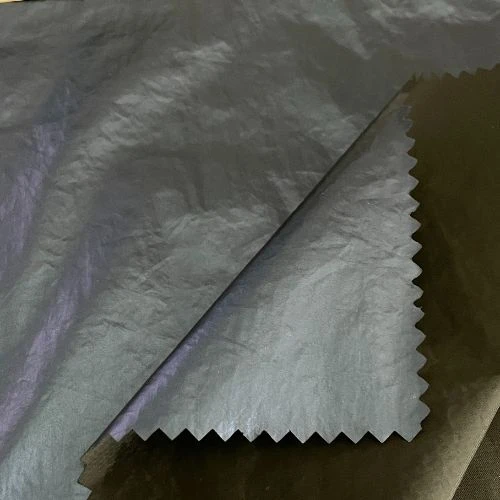
The material is created using a plain weave, with weft and warp threads woven in a one-over, one-under pattern. This construction method results in a strong yet lightweight fabric that is used in various industries. The use of 100% nylon makes this fabric highly durable and resistant to abrasion, making it a favorite choice for applications requiring toughness and longevity.
|
Category |
Details |
|
Fabric Name |
100% Nylon Taffeta Fabric |
|
Fabric Also Known As |
Nylon Tafetta, Nylon Lining Fabric, Taffeta Lining |
|
GSM Range |
40-70 GSM |
|
Composition Range |
100% Nylon |
|
Construction Range |
Plain Weave |
|
Manufacturing Process |
Woven, with options for water-resistant or windproof coatings |
|
Possible Thread Count Variations |
Varies; commonly 190T, 210T, 230T (threads per inch) |
|
Full Width |
57/58” or 59/60” |
|
Cuttable Width |
Typically 57” |
|
Fabric Breathability |
Low breathability due to tight weave |
|
Additional Coating Variation |
PU Coating, PVC Coating, Water-Resistant Coating, Flame Retardant |
|
Moisture-Wicking Abilities |
Low (moisture wicking typically requires additional treatment) |
|
Heat Retention Abilities |
Moderate; retains heat due to its tight weave, but does not provide insulation |
|
Stretchability |
Minimal stretch; non-stretchable unless blended with elastic fibers |
|
Prone to Pilling/Bubbling |
Low; nylon taffeta is resistant to pilling and bubbling |
|
Country Where Fabric Was First Produced |
United States (Nylon was first invented by DuPont in the 1930s) |
|
Biggest Exporting Country Today |
China |
|
Recommended Washing Temperatures |
Cold to lukewarm water (up to 30°C) |
|
Common Applications |
Outdoor gear (tents, sleeping bags), jackets, umbrellas, parachutes, linings, raincoats |
Types of Nylon Taffeta
1. 210T Nylon Taffeta
210T Taffeta fabric variant features a thread count of 210 threads per inch, offering increased durability and a smoother finish compared to lower-thread-count options. It maintains a lightweight feel while providing better resistance to wear and tear.It is ideal for high-quality outdoor jackets, this fabric is often used in products that require both a sleek appearance and strength, such as windbreakers and raincoats.
2. 190T Nylon Taffeta
190T Tafetta with a thread count of 190, this version strikes a balance between weight and durability. It is slightly lighter than the 210T variant, making it suitable for applications where a lighter fabric is desirable while still offering moderate strength. It is commonly used in lightweight tents and sleeping bags, this fabric is favored for camping gear where low weight is essential for portability.
3. 300T Nylon Taffeta
A heavier variant, 300T nylon taffeta has a tighter weave and a more substantial feel, offering enhanced protection against abrasion and the elements. It often has a slight sheen, making it visually appealing. It is perfect for high-performance outdoor gear, this fabric is often used in expedition tents and heavy-duty backpacks, where durability is critical.
4. Water-Resistant Nylon Taffeta
W/R variant has a specialized coating that enhances its water resistance, making it suitable for wet conditions. The coating adds a layer of protection without significantly increasing the fabric's weight. It is commonly used in rain jackets and waterproof bags, this fabric is designed to keep the wearer dry in adverse weather conditions.
5. Ripstop Nylon Taffeta
Incorporating a special reinforcement technique, ripstop nylon taffeta features a grid pattern of thicker threads that prevent tears from spreading. This variant is designed to withstand rough use while remaining lightweight. It is often used in parachutes, outdoor gear, and sports equipment, this fabric is favored for its durability and lightweight properties in extreme conditions.
6. Flame-Retardant Nylon Taffeta
Flame retardant variant has undergone a chemical treatment to resist ignition and slow down flame spread. It combines the durability of nylon taffeta with additional safety features. It is used in firefighter gear and industrial workwear, this fabric is essential for applications requiring flame resistance in hazardous environments.
Each of these variants caters to specific needs and applications, showcasing the versatility of 100% Nylon Taffeta Fabric in various industries.
Key Properties of Nylon Taffeta
When considering nylon taffeta for any application, it’s essential to understand its main features. These properties contribute to its popularity across a range of industries:
- Durability: Nylon is a synthetic fiber known for its high strength. Taffeta made from 100% nylon can withstand a lot of wear and tear without losing its shape or tearing easily.
- Water Resistance: One of the standout properties of nylon taffeta is its ability to repel water. Many variations come with additional water-resistant coatings, making it an excellent option for outdoor and activewear.
- Lightweight: Weighing between 40-70 grams per square meter (gsm), nylon taffeta is incredibly lightweight. This makes it ideal for items like jackets and tents, where portability is essential.
- Windproof: Its tight weave offers wind resistance, which is another reason it’s commonly used in outdoor gear.
- Smooth and Crisp Finish: Taffeta is known for its smooth surface and slight sheen, giving a polished, professional appearance to garments made from it.
Applications of 100% Nylon Taffeta Fabric
Given its excellent qualities, nylon taffeta is used in many industries. Here are some of its most common applications:
1. Outdoor Gear
Nylon taffeta is widely used in making tents, sleeping bags, and backpacks. Its water-resistant nature, lightweight feel, and strength make it ideal for camping and hiking gear. The fabric’s durability also ensures that it holds up well against the elements.
2. Apparel
Many outdoor jackets, windbreakers, and raincoats are made from nylon taffeta. The material keeps out wind and moisture, making it an excellent choice for outerwear. Plus, its light weight makes it comfortable for all-day wear.
3. Linings for Garments and Bags
Because nylon taffeta is smooth and lightweight, it is often used as a lining material in jackets, handbags, and even shoes. It provides a sleek, soft interior while adding minimal weight to the product.
4. Umbrellas and Parachutes
Due to its ability to resist wind and water, nylon taffeta is used in making umbrellas and parachutes. In both cases, the fabric’s lightweight properties allow it to function effectively without being cumbersome.
The material keeps out wind and moisture, making it an excellent choice for outerwear. Plus, its light weight makes it comfortable for all-day wear. or for garments that allow for a lot of movement, like prom dresses.
Advantages of Using 100% Nylon Taffeta Fabric
Let’s dive into some of the top reasons manufacturers and consumers alike prefer nylon taffeta over other materials:
Strength and Longevity
Nylon taffeta fabric offers impressive strength due to its synthetic composition. Unlike natural fibers, nylon doesn’t degrade as quickly. It can endure more cycles of use and is highly resistant to environmental wear like mold, mildew, and sunlight.
Versatility
Nylon taffeta can be found in many weights, finishes, and colors. Whether you need a smooth fabric for a jacket lining or a waterproof version for a tent, there’s a taffeta option that fits.
Low Maintenance
This fabric requires minimal upkeep. It is typically machine washable and can withstand multiple wash cycles without losing its properties. Additionally, it dries quickly and doesn't wrinkle easily, making it a practical choice for garments.
How to Care for Nylon Taffeta Fabric?
Taking care of nylon taffeta is easy, but there are a few things you should keep in mind to extend the life of your fabric:
- Washing: It is best to wash nylon taffeta in cold or lukewarm water on a gentle cycle. Hot water may damage the fibers or cause shrinkage.
- Drying: Air drying is recommended, but if you use a dryer, opt for a low heat setting.
- Ironing: If ironing is necessary, use the lowest heat setting and place a cloth between the fabric and the iron to prevent scorching.
- Storage: When not in use, store nylon taffeta in a cool, dry place to avoid exposure to sunlight or moisture that can degrade the material over time.
Conclusion
100% Nylon Taffeta Fabric is a high-performing material valued for its strength, water resistance, and lightweight properties. Whether you're looking for something to wear, camp with, or use in accessories, nylon taffeta can provide the durability and practicality you need. Its ease of care and versatility make it a staple in both the fashion and outdoor industries.
Frequently Asked Questions (FAQs)
1. Is nylon taffeta waterproof?
While nylon taffeta is water-resistant, not all versions are fully waterproof. Some taffeta fabrics come with additional coatings that enhance water resistance.
2. Can you dye nylon taffeta?
Yes, nylon taffeta can be dyed. However, it requires specific dyes designed for synthetic fibers, and the process may vary depending on the finish of the fabric.
3. How durable is nylon taffeta compared to polyester?
Both nylon and polyester taffeta are durable, but nylon typically has higher tensile strength and is more abrasion-resistant, making it a better choice for high-wear applications.
4. Can nylon taffeta be used for upholstery?
While nylon taffeta is durable, it is not commonly used for upholstery due to its lightweight nature. Heavier fabrics are usually preferred for this purpose.
5. Is nylon taffeta eco-friendly?
Nylon is a synthetic material made from petroleum-based products, so it is not considered eco-friendly. However, recycling programs for nylon fabrics are becoming more common.





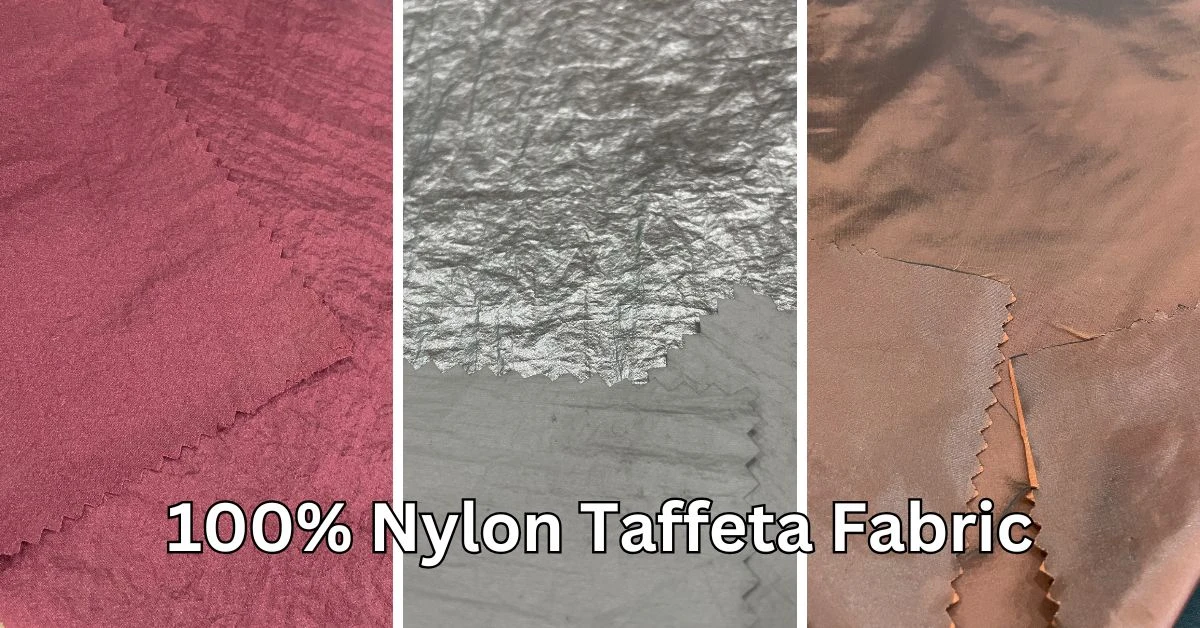
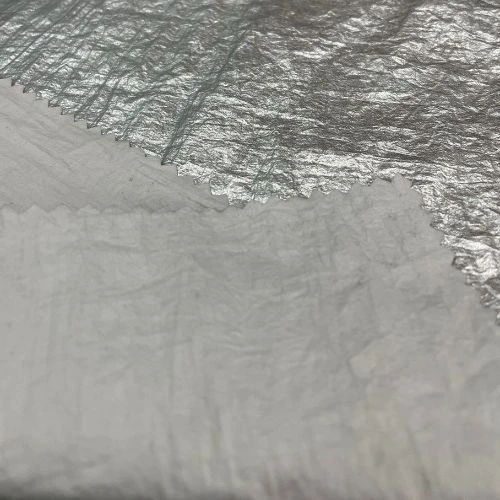
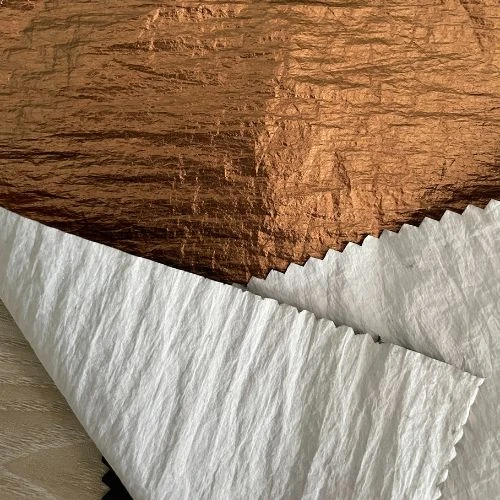
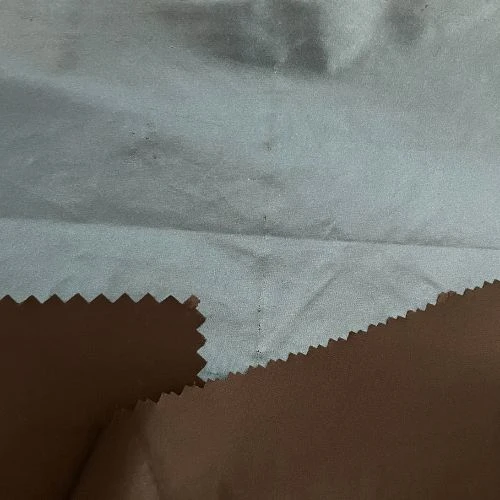
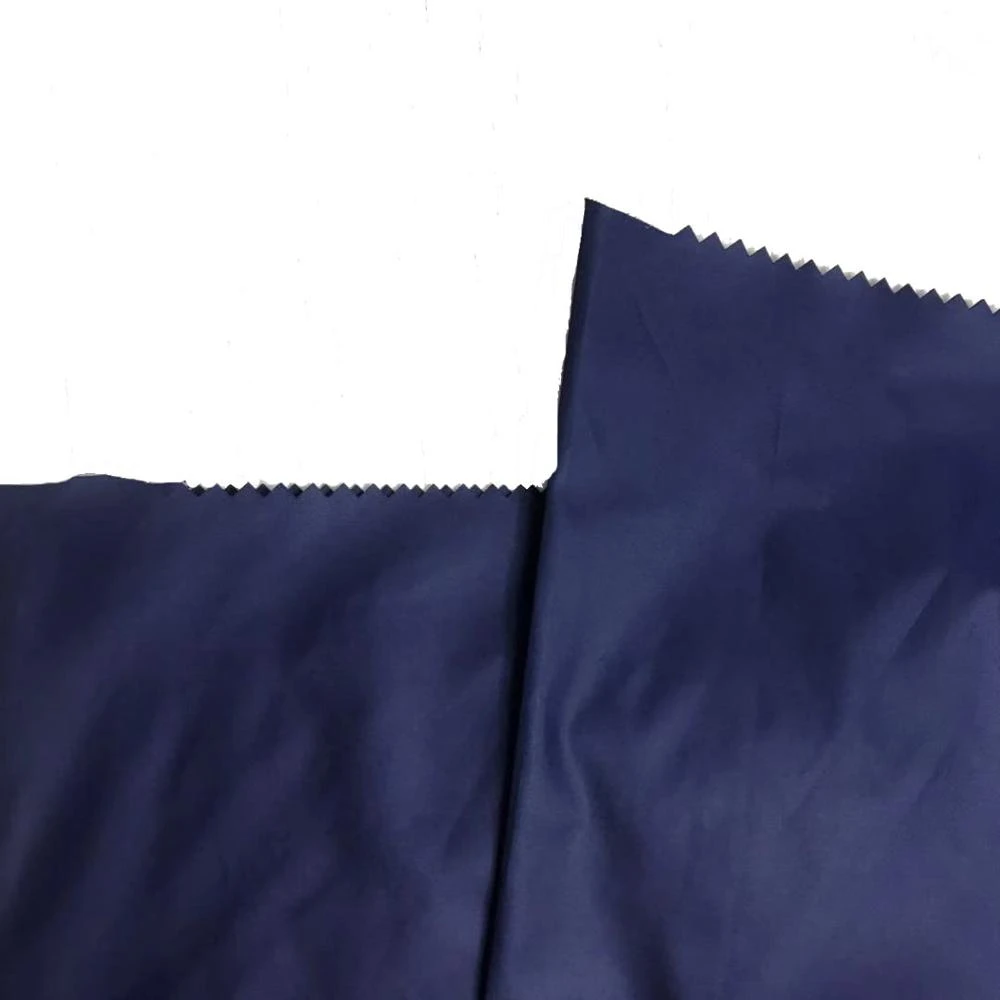
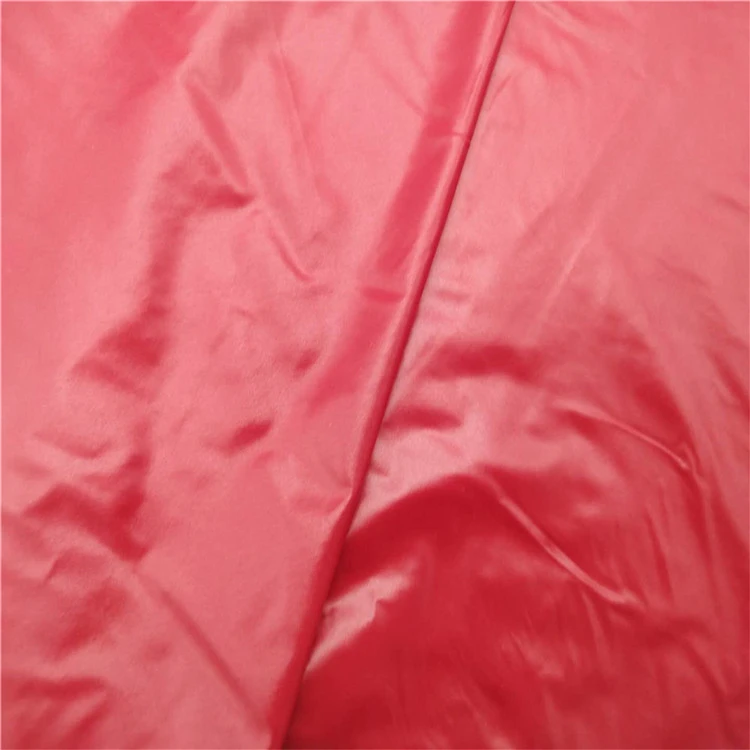
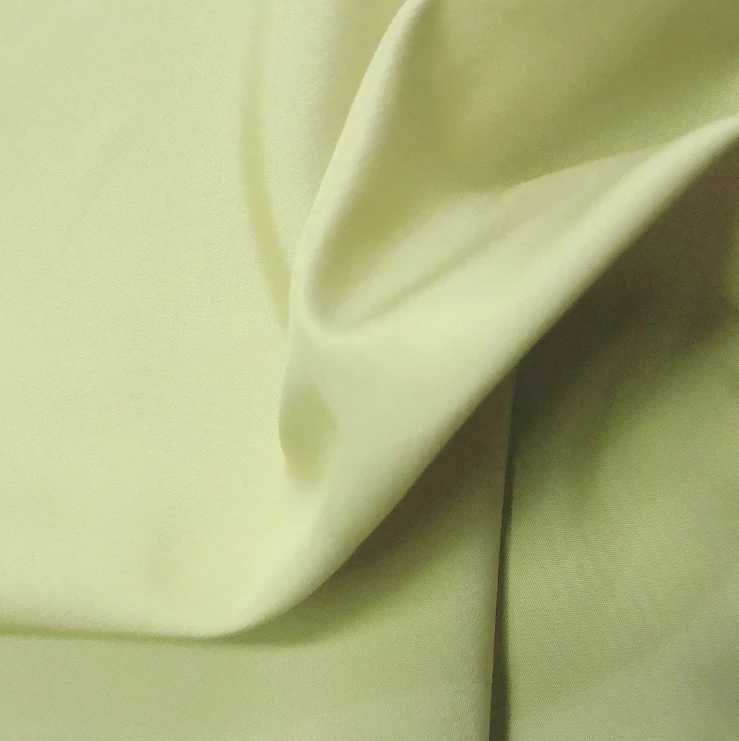
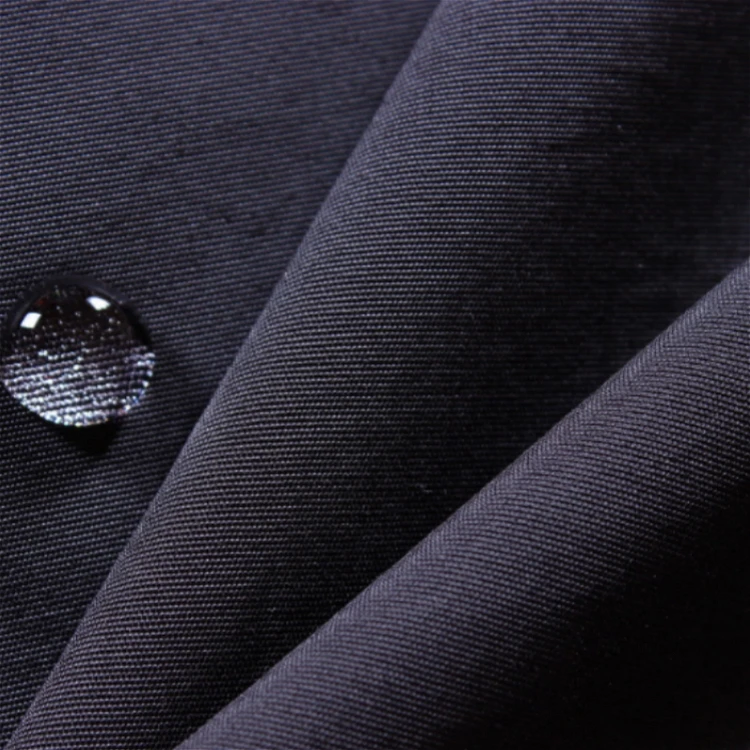
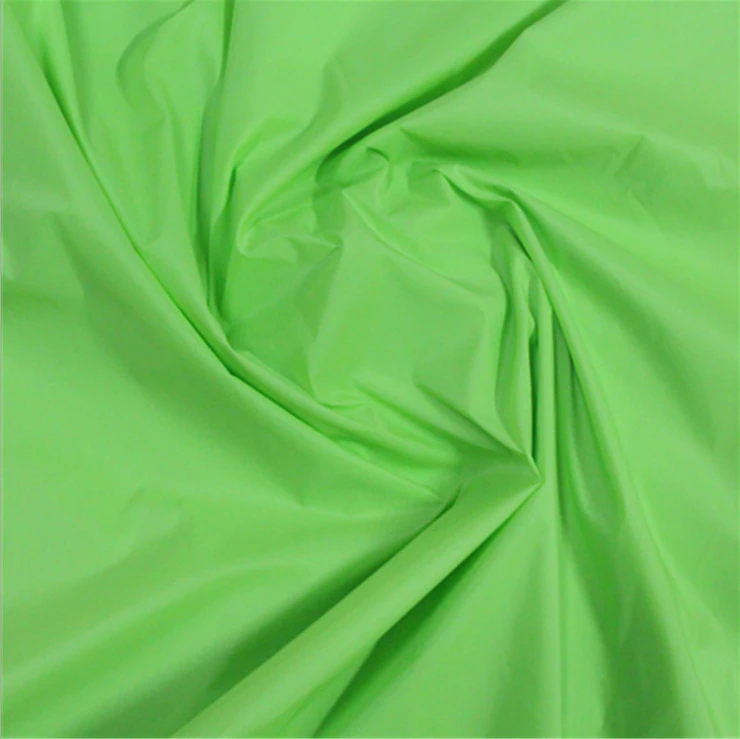
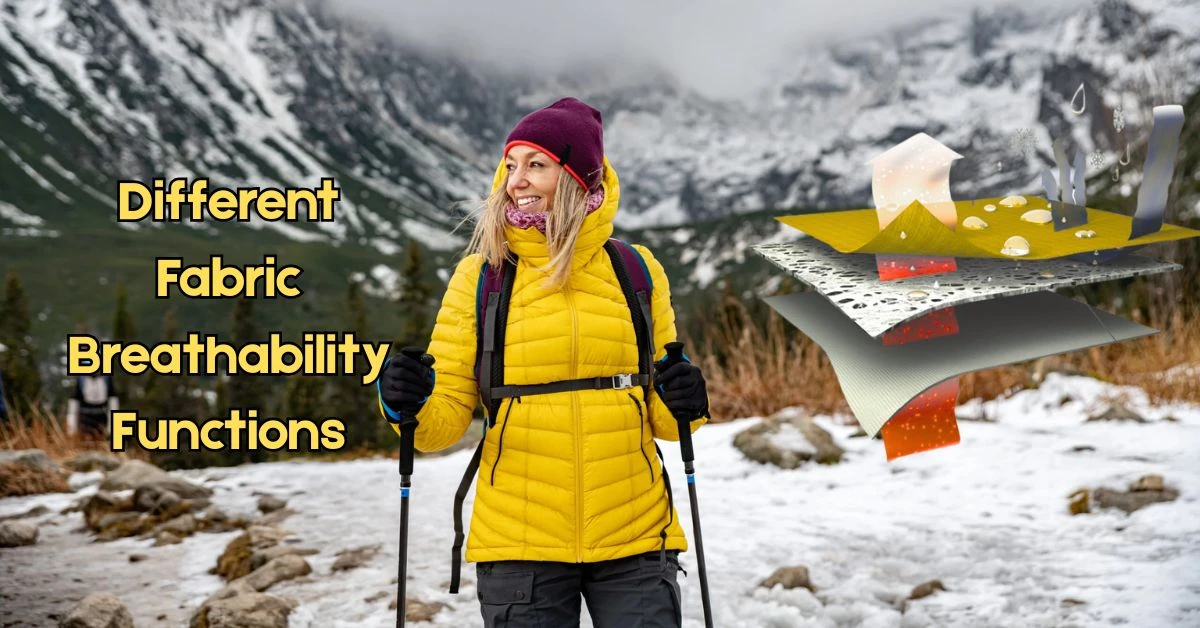
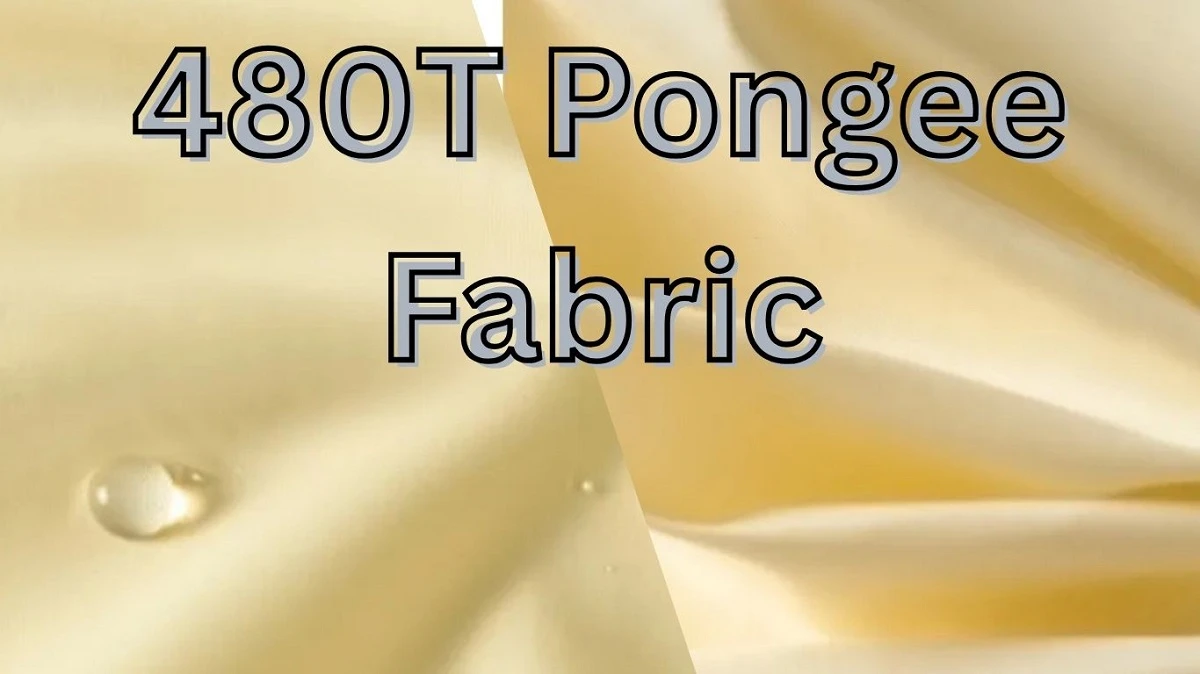
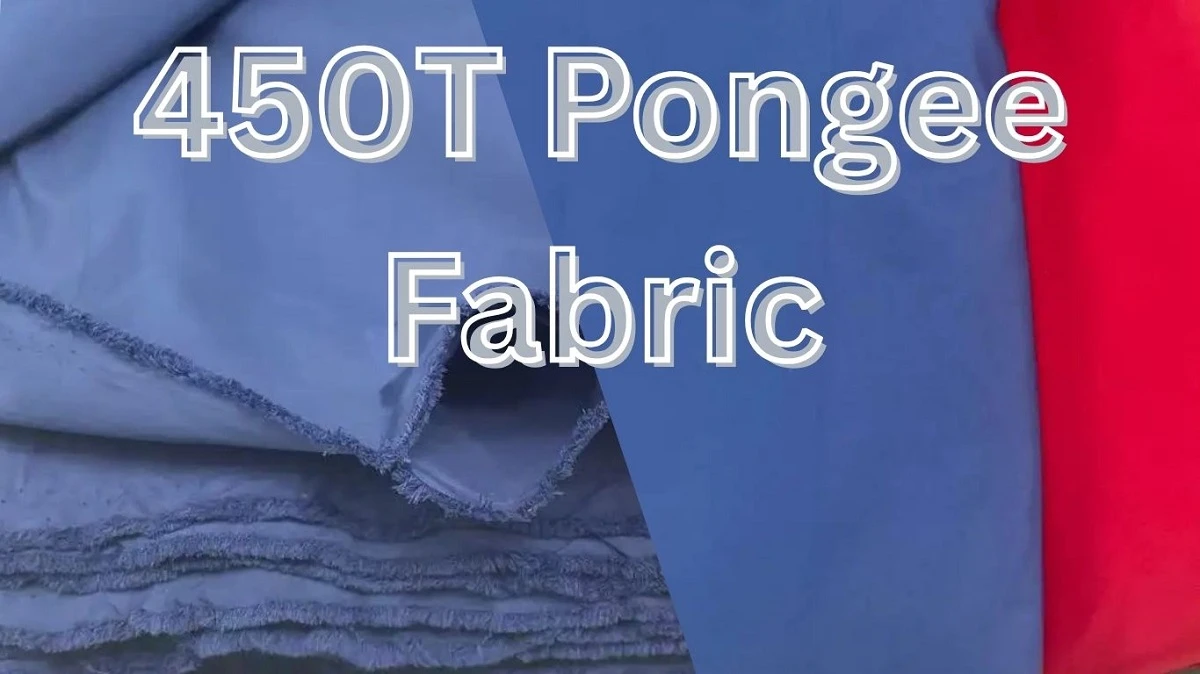
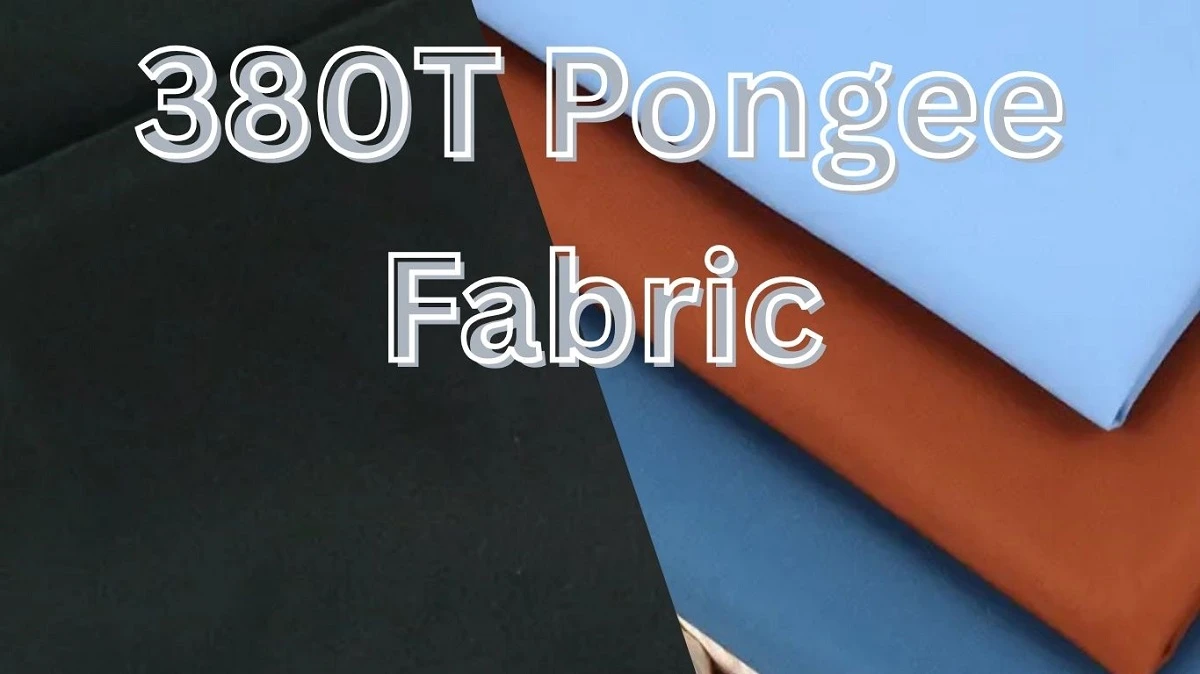
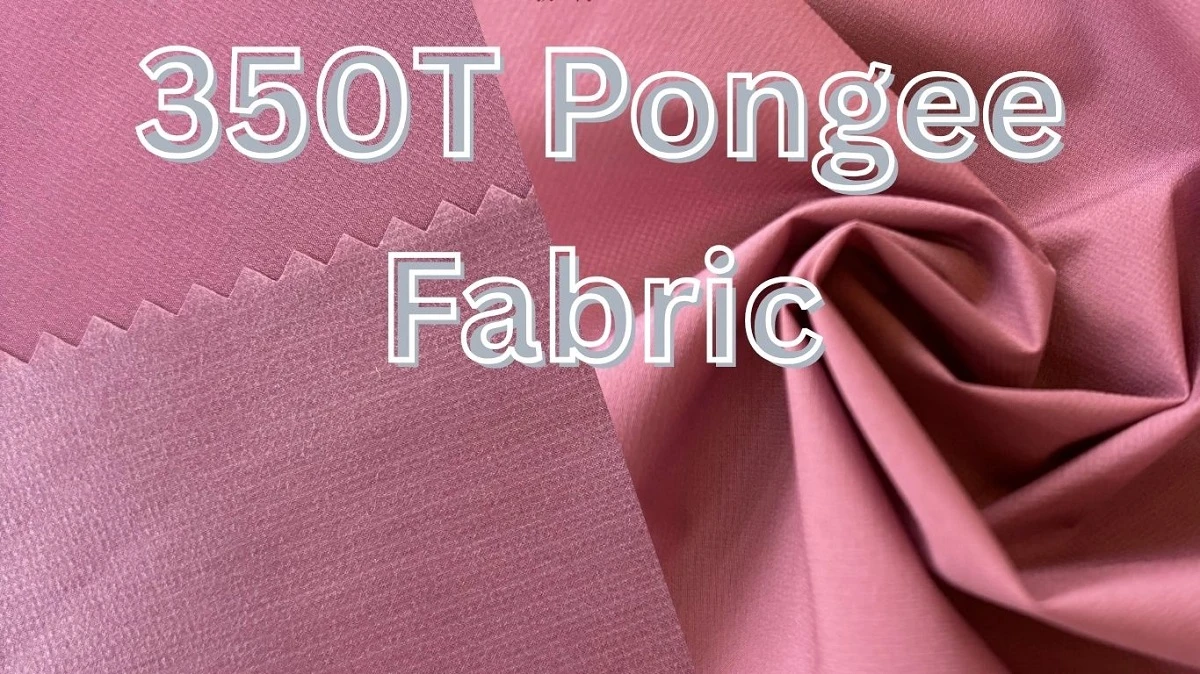
Comments - 00
Leave A Reply
Thanks for choosing to leave a comment.